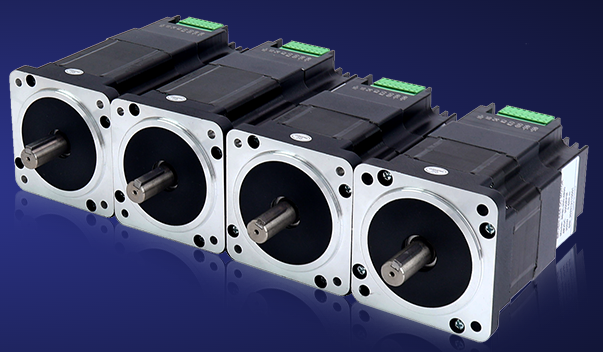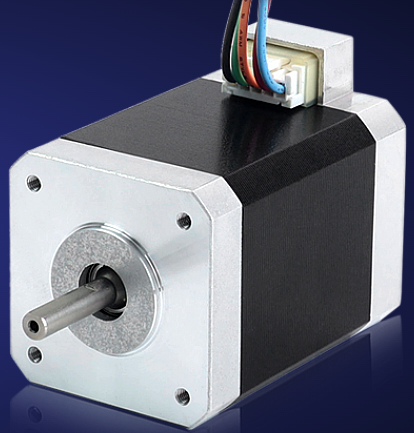1. Causes of motor heating
For any stepper motor, it is normal to generate heat during operation, and the same is true for stepper motors. The inside of the stepper motor is composed of an iron core and a winding coil. The resistance of the operation and maintenance winding exists, and the current flowing through the motor will cause loss. The loss is proportional to the square of the resistance and the current. This is called "copper loss". In addition, there is a hysteresis eddy current effect in the iron core, which will also cause losses in the alternating magnetic field. Its size is related to material, current, frequency, and voltage. This is called "iron loss". Both copper loss and iron loss will appear in the form of heat, affecting the efficiency of the motor. Because stepper motors generally pursue positioning accuracy and torque output, they have low efficiency, large current, and high harmonic components. The alternating frequency of the current also changes with the rotation speed, so stepper motors generally generate heat.

2. Normal phenomenon of motor heating
The allowable degree of motor heating mainly depends on the internal insulation level of the motor. Only at high temperatures (above 130 degrees) will the internal insulation performance be destroyed. So as long as the internal temperature does not exceed 130 degrees, the motor will not be damaged and the surface temperature is below 90 degrees. Therefore, it is normal for the surface temperature of the stepper motor to be 70-80 degrees, which can be roughly judged with a point thermometer. This normal heating will not affect the life of the stepper motor.

3. Countermeasures for motor heating
(1) Check whether the current setting of the driver is appropriate. If the setting is too high, you can reduce the current appropriately and turn on the half-current holding function of the driver.
(2) Check whether the driver is overloaded or overheated. If necessary, add cooling measures or replace the driver with a higher power one.
(3) Check whether the stepper motor works for too long. If so, consider increasing the cooling time or using a fan for heat dissipation.
(4) Check whether the ambient temperature is too high, and increase ventilation or lower the operating temperature if necessary.
(5) Check the power cord and its connecting wires: Check the power cord and its connecting wires to make sure there is no high impedance in them, so as not to affect the flow of current and make the stepper motor hot to the touch.
Discussions
Become a Hackaday.io Member
Create an account to leave a comment. Already have an account? Log In.